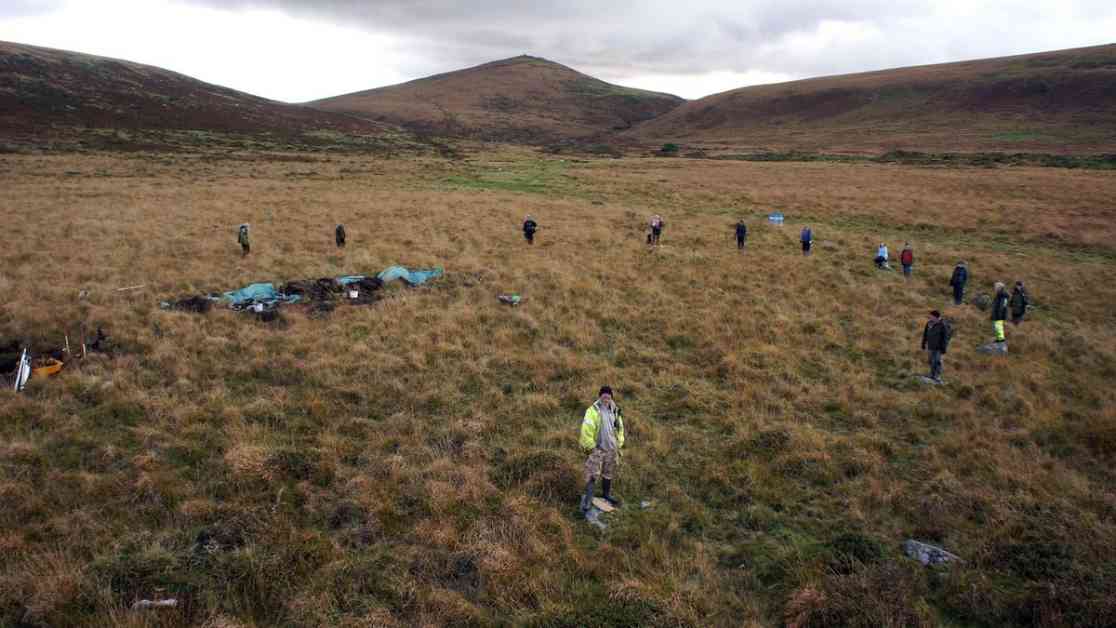Two ancient stone circles, dating back around 5,000 years, have been discovered in southwest England. These findings suggest that Stonehenge was not the only Stone Age circle built in the region. The independent archaeologist, Alan Endacott, who made these discoveries, believes that these stone circles form a “sacred arc” around high land in the area from the Neolithic period.
Endacott, currently pursuing a doctorate in archaeology at the University of Exeter, has been exploring the open uplands of Devon’s Dartmoor for many years. He used scientific methods to confirm these discoveries earlier this year, and a team of volunteers conducted excavations at one of the sites in September and October.
One of the newly found circles, named “Metheral” after the hill above it, resembles the central part of Stonehenge in size and construction. It consists of about 20 standing stones up to 40 inches high, arranged in an oval shape measuring about 130 feet by 108 feet. Endacott believes that some of the builders of Stonehenge may have been involved in constructing the Dartmoor circle as well, as there is evidence of long-distance travel and contact between different ancient communities.
The other circle, named “Irishman’s Wall,” lies about a mile north of the Metheral circle. It contains only about six stones that are hard to see, and Endacott used advanced instruments to map the site. The Metheral circle is located at the northern end of a 5-mile-long arc of eight Neolithic stone circles, forming a near-perfect half-circle to the east and south. Endacott believes that these circles once enclosed some of Dartmoor’s highest land, creating a sacred area in Neolithic times.
Dartmoor, known for its open uplands and rich history, is home to various Neolithic monuments, including stone circles, burial mounds, and chamber tombs. Endacott’s discoveries have expanded the understanding of the Neolithic landscape in the region, highlighting the significance of these ancient structures.
These findings have been praised by experts in the field, such as independent archaeologist Tom Greeves and University of Exeter archaeologist Susan Greaney. Greeves noted that the discoveries confirm an active Neolithic presence in the area, while Greaney highlighted the potential for more archaeological finds in the future.
Overall, the discovery of these ancient stone circles in southwest England adds to the rich tapestry of Neolithic history in the region, shedding light on the beliefs and practices of prehistoric communities. The “sacred arc” of stone circles on Dartmoor provides valuable insights into the spiritual and cultural significance of these ancient sites, inviting further exploration and research into the mysteries of the past.










